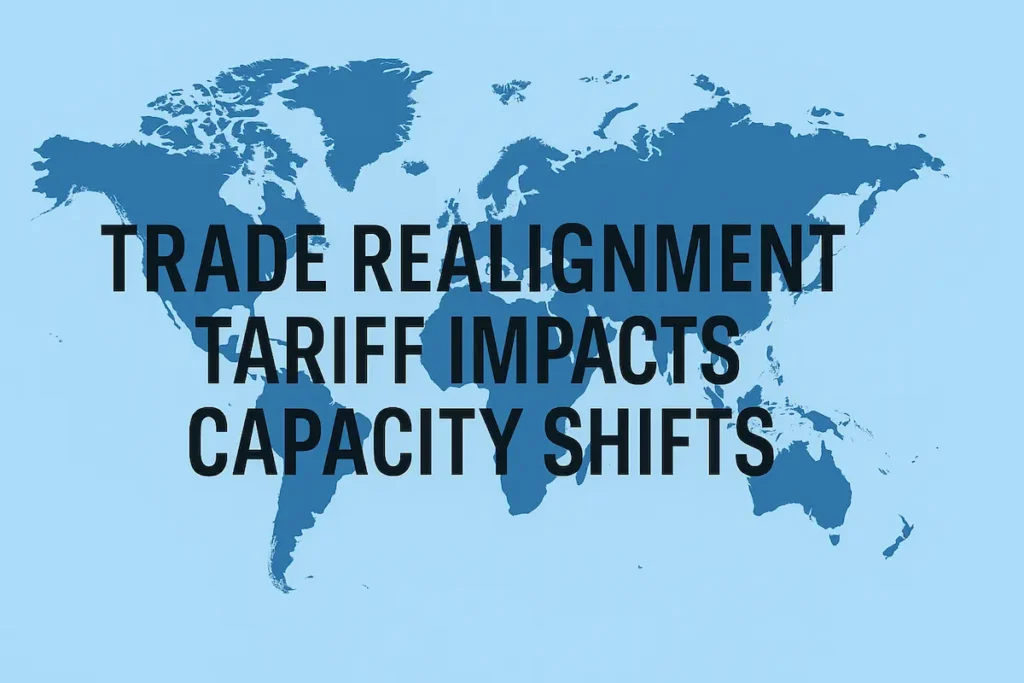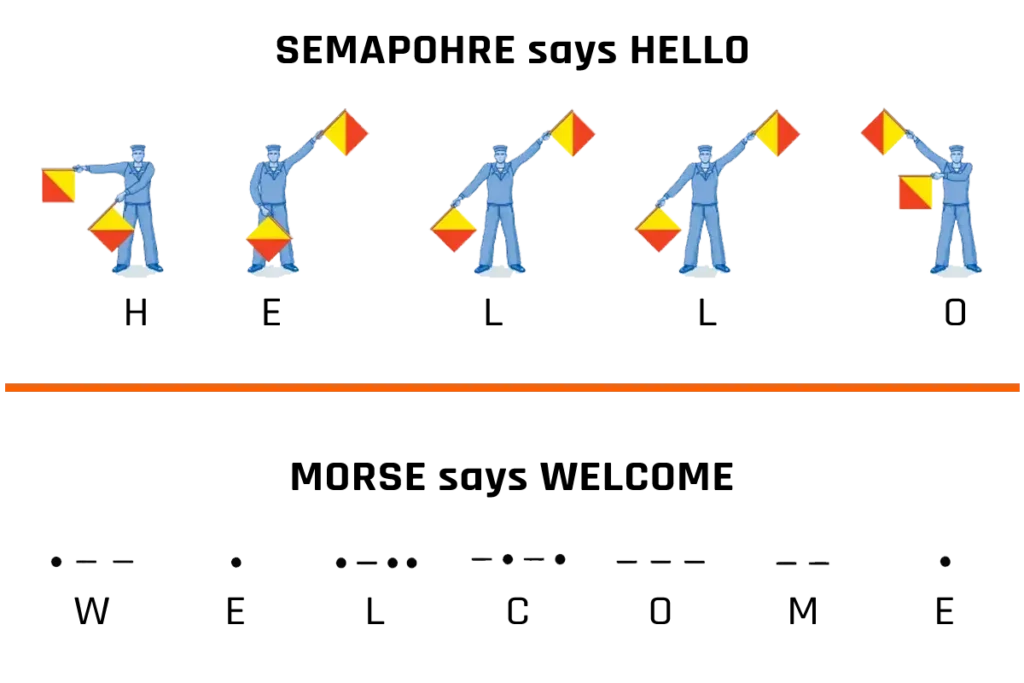A warehouse employs everything from humans to autonomous machines to transport stock and equipment components for smooth workflows. It must keep output consistent and meet deliverables, but material handling failures plague countless facilities. Overcome the most pervasive oversights by implementing advantageous solutions in the industry’s leading businesses.
Common Material Handling Oversights
Inventory management, tech integrations, and warehouse layouts are the most prominent entryways for material handling problems. These categories have countless smaller operations that could be the source of process discovery. With the materials handling sector growing because of diversification, the number of problems might increase.
Poor inventory tracking could be an aspect of management leading to overstocks or shelves containing years-old, forgotten products. Retrieving the right items, and sorting and cataloging vast backlogs leads to time-consuming data curation in inventory software and delays in the physical movement of pallets and boxes. It becomes challenging to locate and deliver them without an accurate process.
Supply chain managers may also attempt to install software or technology to streamline material movement without proper training. If this happens, technicians run into obstacles. Industry 4.0 and 5.0 promise improvements.
However, if operators are unfamiliar with automation, the Internet of Things, and remotely guided vehicles, processing times lengthen and more errors appear than if manual entry remained the norm.
Shelves could be too tall, with impossibly narrow aisles with no end. If forklifts and workforces cannot navigate the stacks, bottlenecks are inevitable. Staff must urgently respond to customer demands for product retrieval, and a confusing, crowded warehouse layout hinders order fulfillment.
Adopting Solutions
Stakeholders may empathize with these pain points, but many answers exist to improve material handling woes. Preventing errors with manual data entry and upskilling workers to operate automation systems is critical.
Advanced inventory or warehouse management systems and enterprise resource planning tools audit and update stocks, notify workers about active orders, and provide real-time updates. Visibility expands to a point where it is easier to implement just-in-time and lean manufacturing practices. Reducing and refining stock minimizes opportunities for confusion and inaccurate shipments.
Tech integrations go more smoothly with smart rollout plans and sitewide training sessions. Balancing employee literacy in next-generation systems makes analytics consistent and reliable. Begin with installations like RFID and barcode scanners to make stock tracking and retrieval faster, then move to more advanced integrations like automated guided vehicle programming or robotic pickers.
Managers must analyze workflow and traffic movements to understand where the most disruptive stops occur. Warehouse layouts benefit from flexibility. Modular systems or shelves on racks provide more mobility to machinery and people navigating tall, deep shelving.
It also helps make the layout scalable if inventory moves locations or more storage is added. Stakeholders may also need to consider unique rack systems if storing atypically shaped inventory to maximize space.
Advantages After Implementation
What benefits should supply chains anticipate if they put in the effort to revise their material handling process?
Promptness and Productivity
Technicians fulfill orders faster when it is straightforward and accessible to grab what they need. If they can look at a map denoting the item’s specific location and quantity, travel there with minimal resistance, and obtain the product while scanners and sensors automate order progress, it shortens handling times.
Budget Savings
Inventory going unused takes up space and therefore uses resources to house. Effective material handling keeps items going through a consistent revolving door, reducing waste and stock. It also saves on labor costs because workers can avoid sifting through as much irrelevant inventory.
Accuracy and Quality Control
Picking and returns errors are a warehouse’s bane. A mistype or miscommunication through manual labor could send materials across hundreds of thousands of square feet, only to be sent back. Technological integration reduces the chances this happens, getting it right on the first try. Even if there are mistakes, collaboration through software visibility can catch errors from more entry points before they exacerbate.
Adaptability
If a supply chain tackles new verticals or works with new industries, improved material handling and warehouse layouts make them more likely to transition gracefully. Additionally, demand changes alter workflow on a daily basis. Material handlers that incorporate designs and tech assets that consider this volatility are more flexible than what other supply chains would consider a disruption.
Sustainability
Surveys show that 75% of logistics are committing to environmental, social, and governance investments. Many material handlers use fossil fuel-powered vehicles. Inaccurate picking may lead to waste. Failure to maintain data integrity leads to overstock and waste energy. Numerous sustainability improvements occur by simply analyzing material handling efficiencies. Doing so provides numerous opportunities to lower carbon footprints in several buckets, including waste generation and energy consumption.
Handling Materials With Speed
Moving materials from one section of a warehouse to another is a deceptively crucial aspect of manufacturing efficiency. Supply chains must engage with process discovery to find where these operations are hurting productivity and profits. Material handlers influence every facet of the business, so investing in their refinement is one of the greatest returns on investment supply chain leaders can make.













